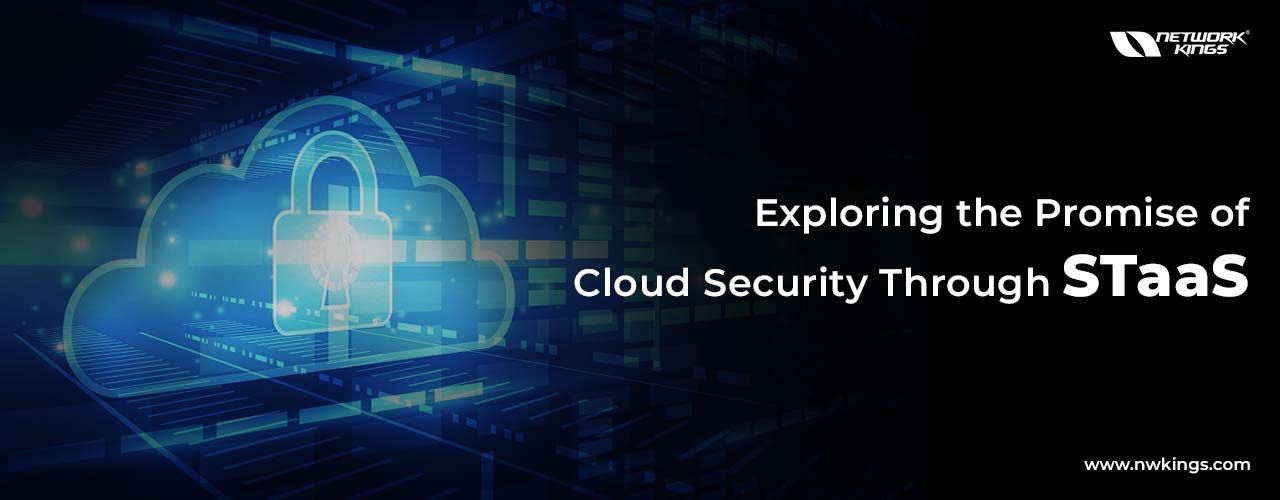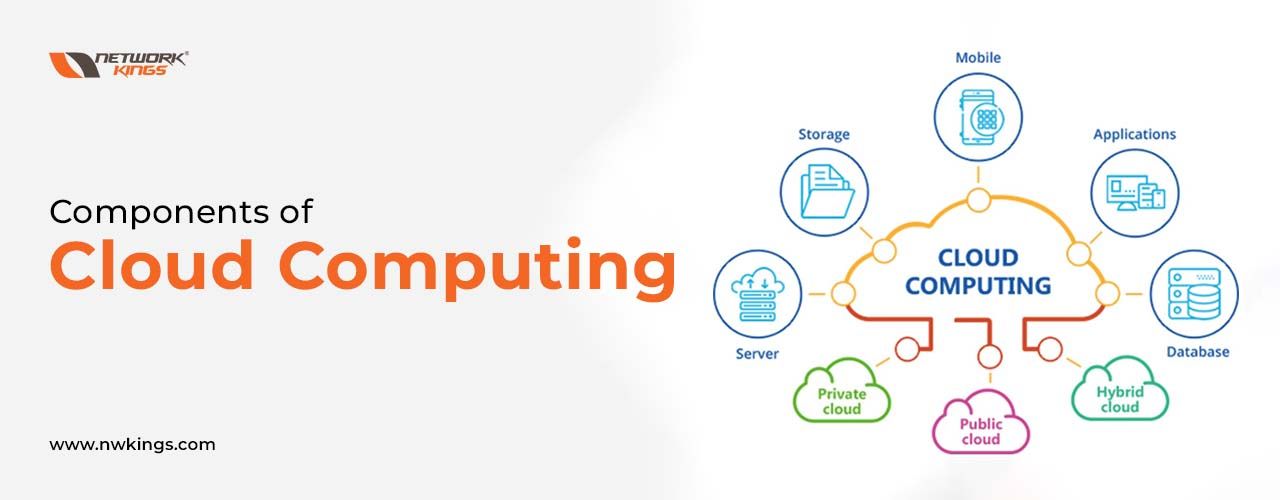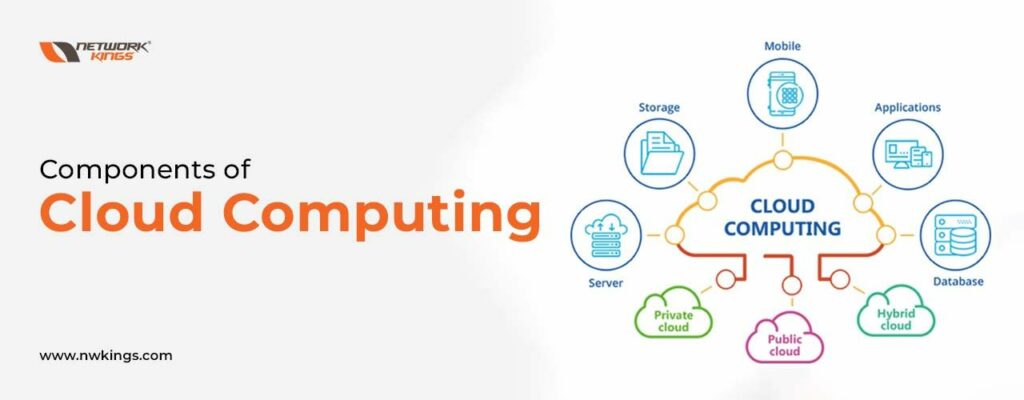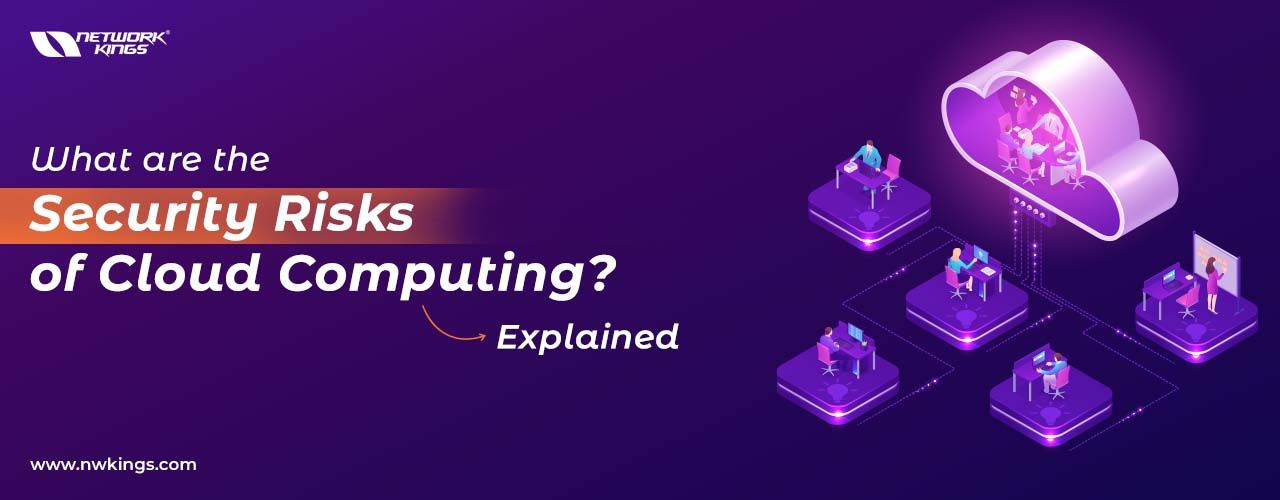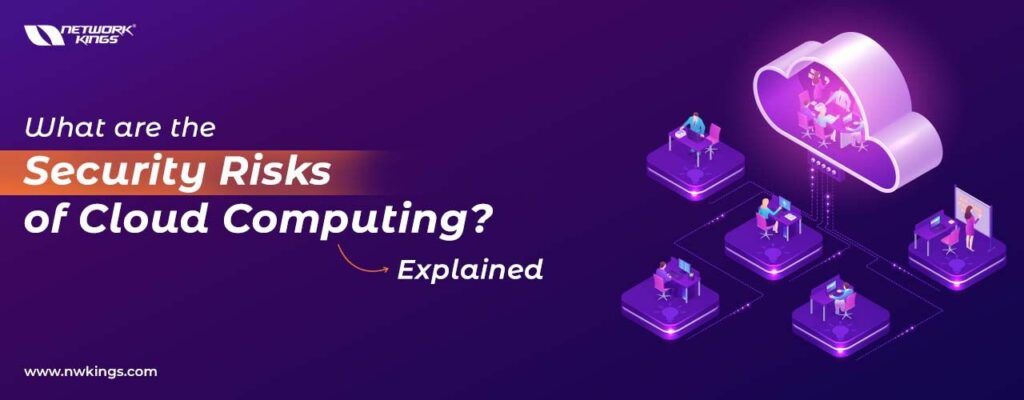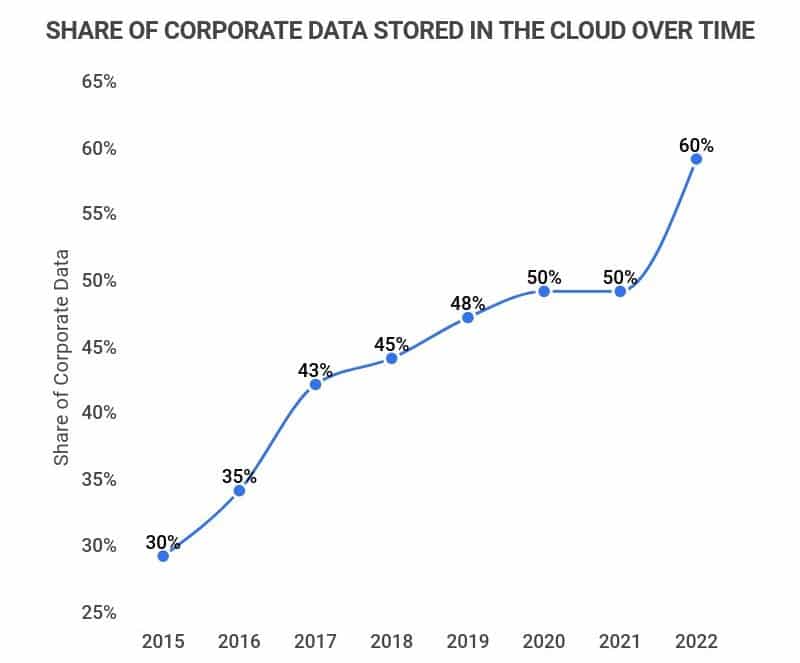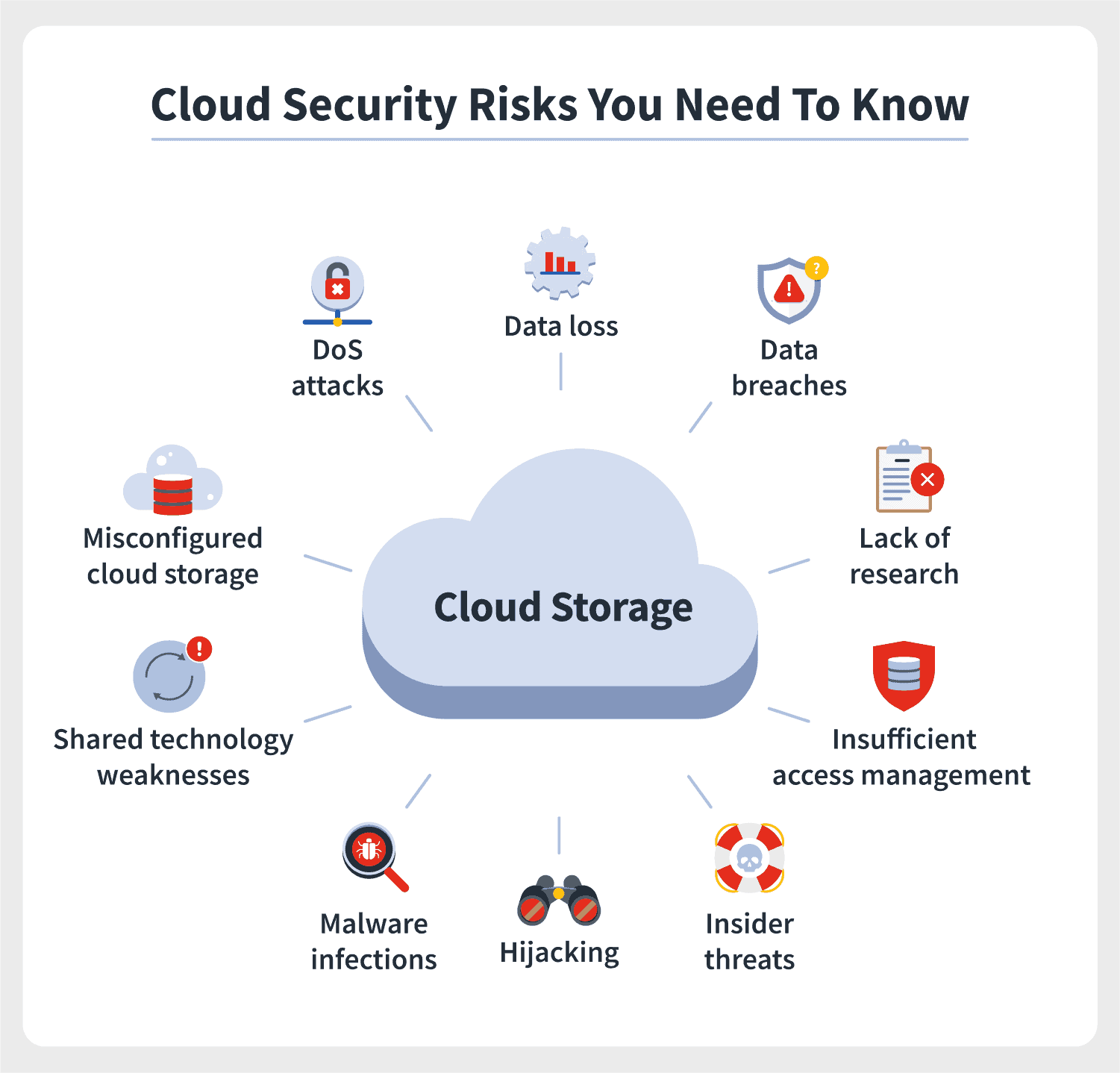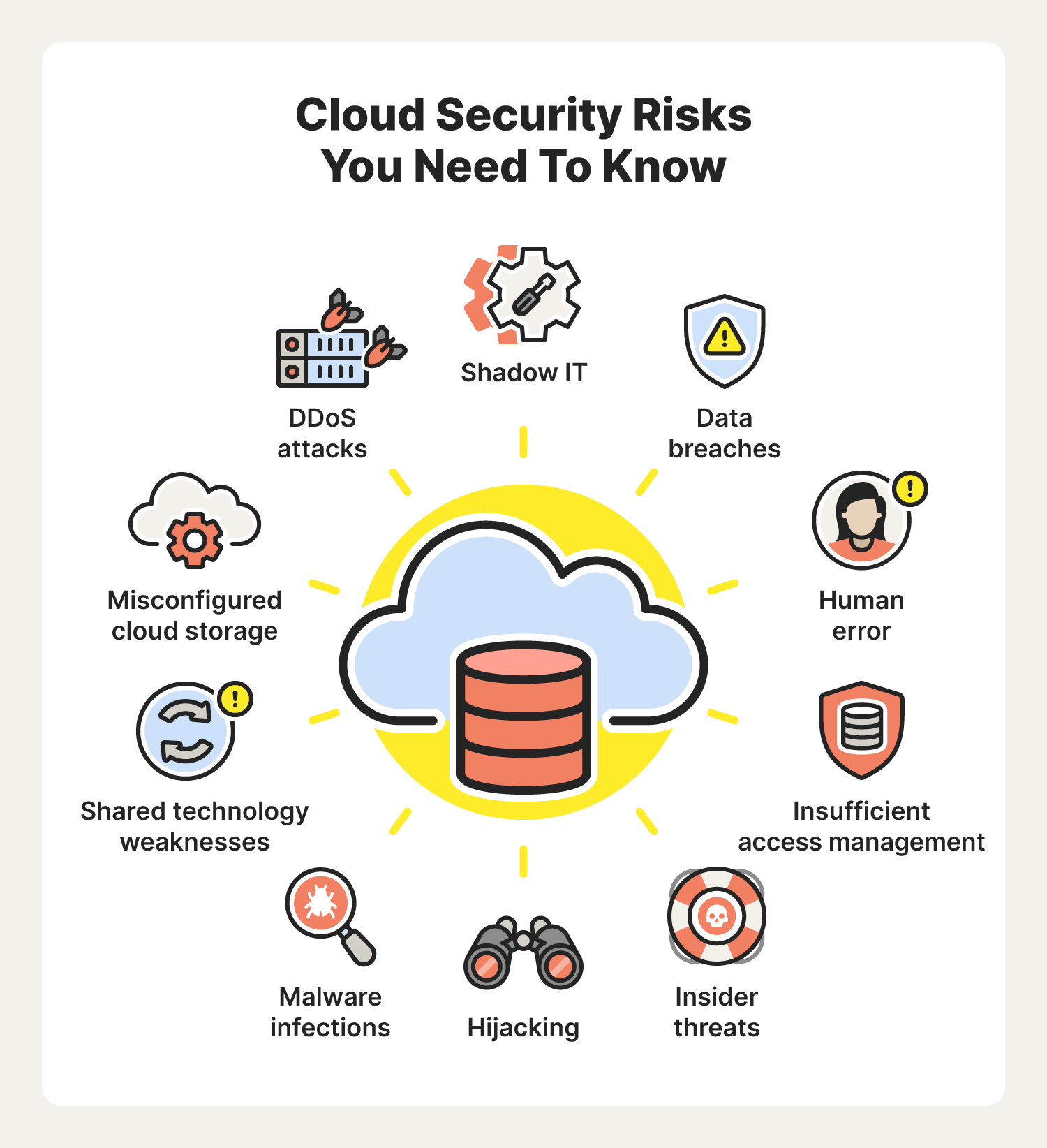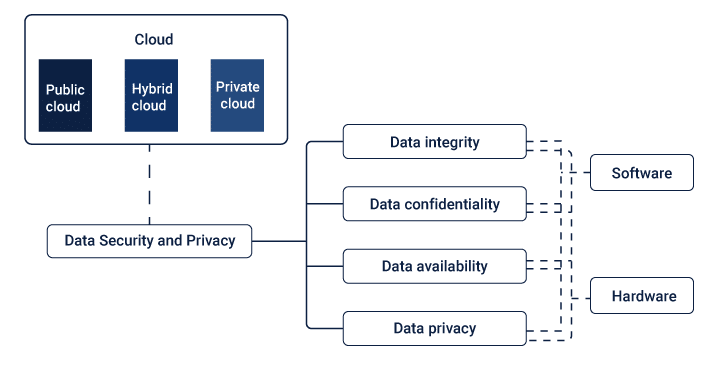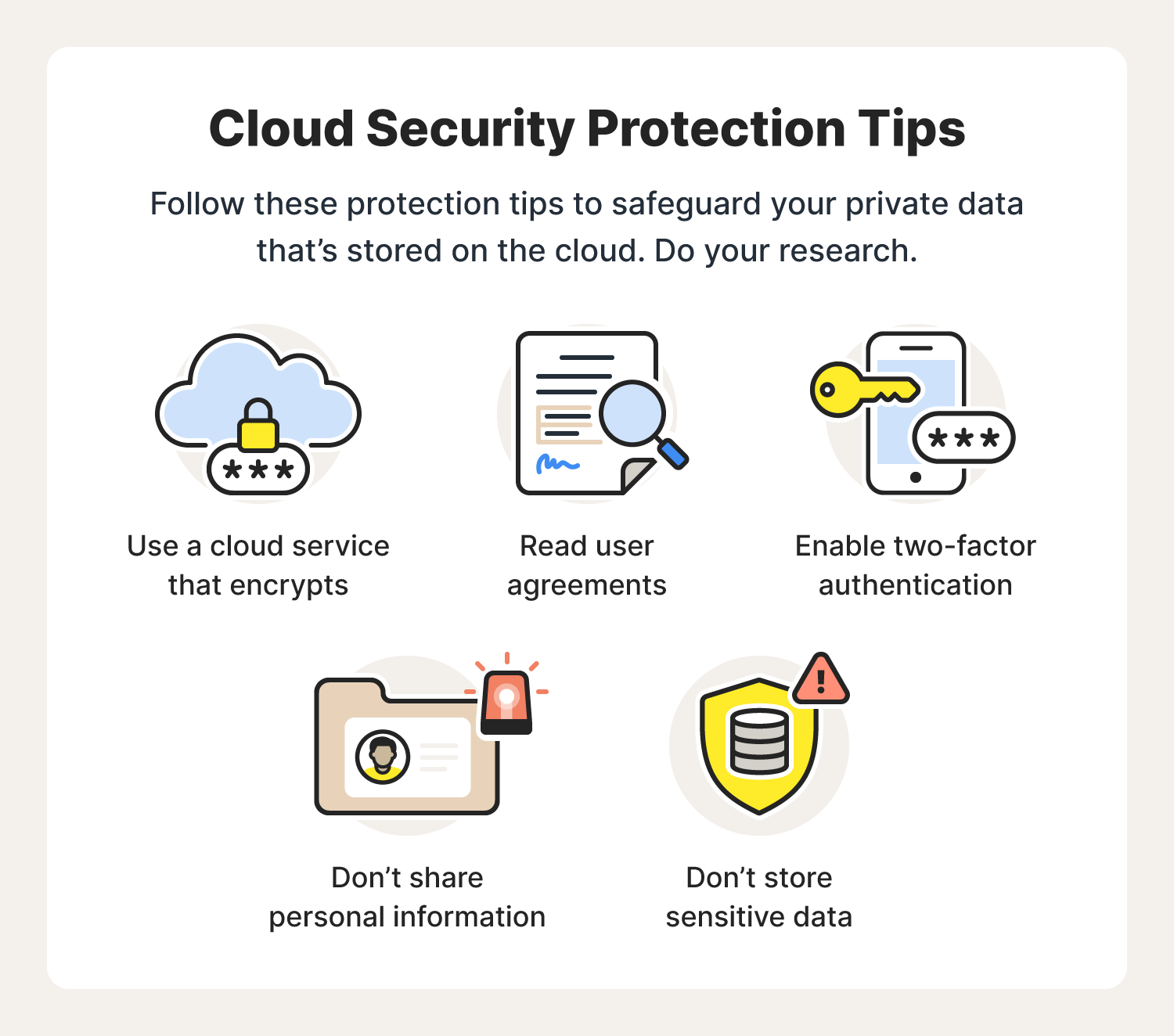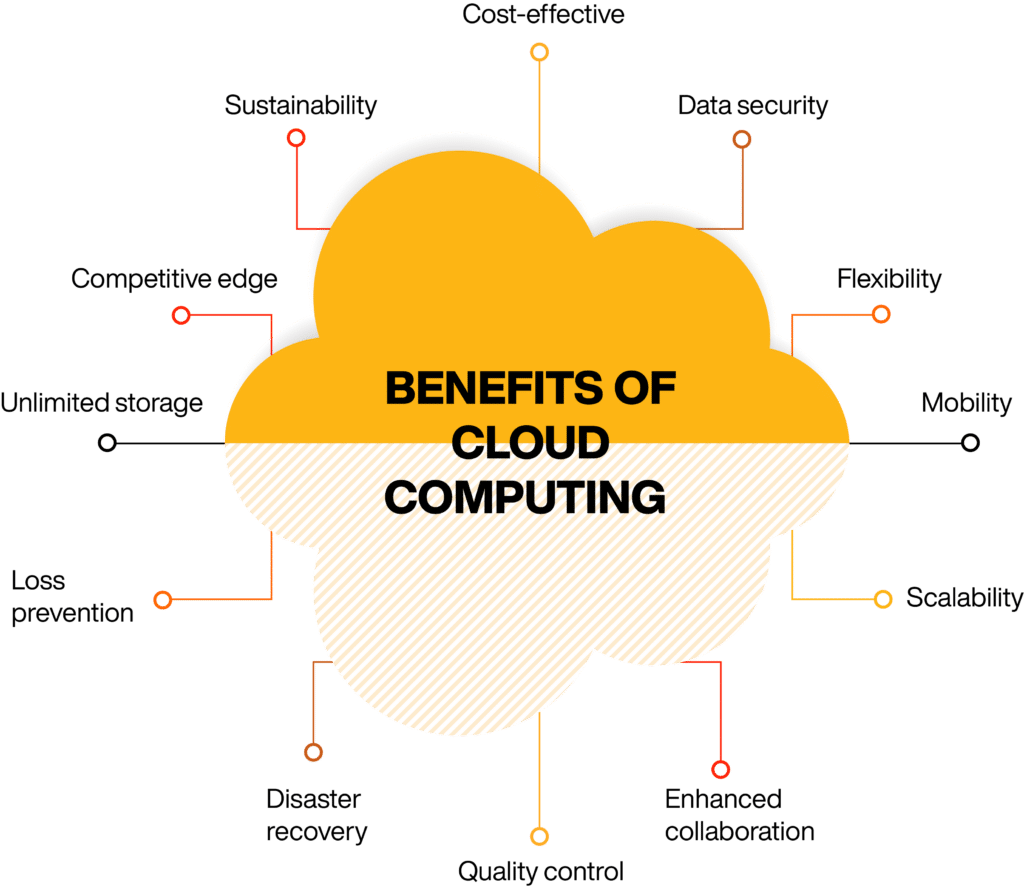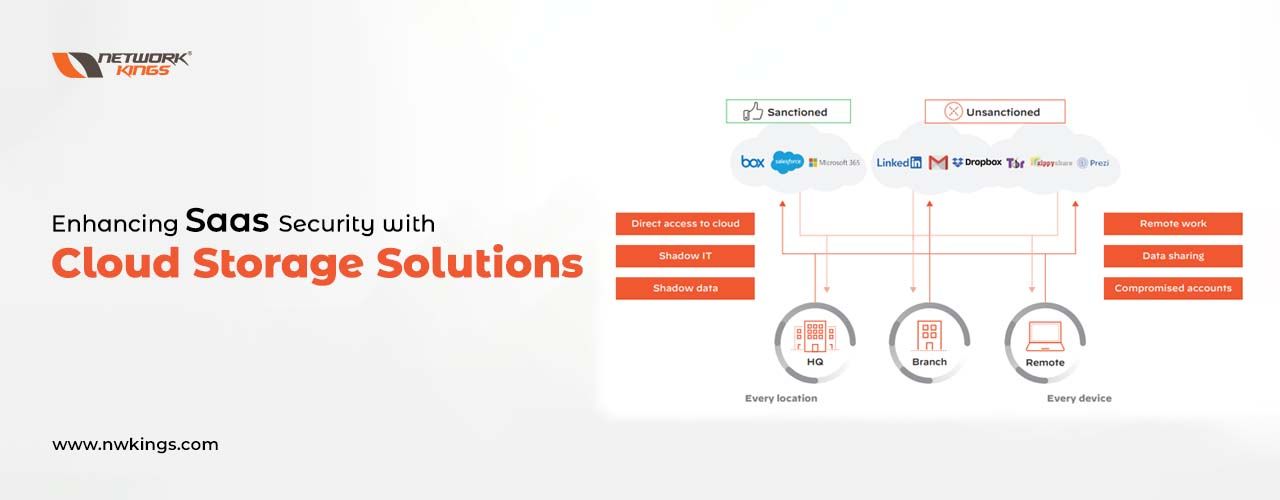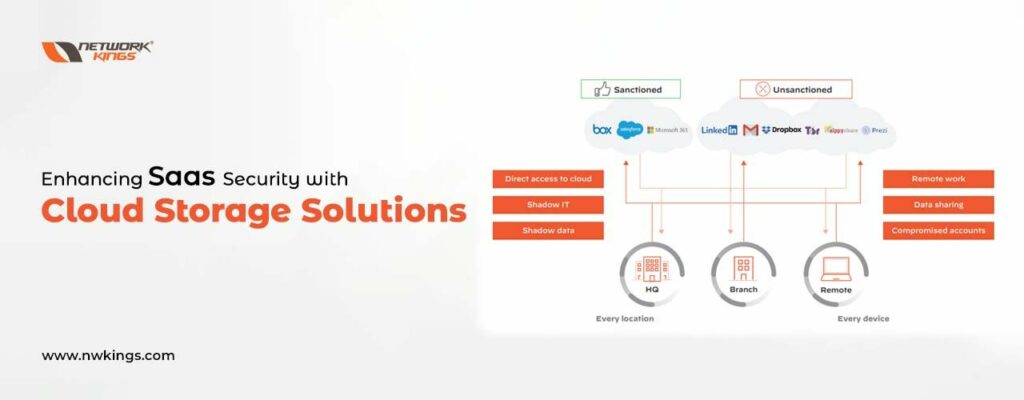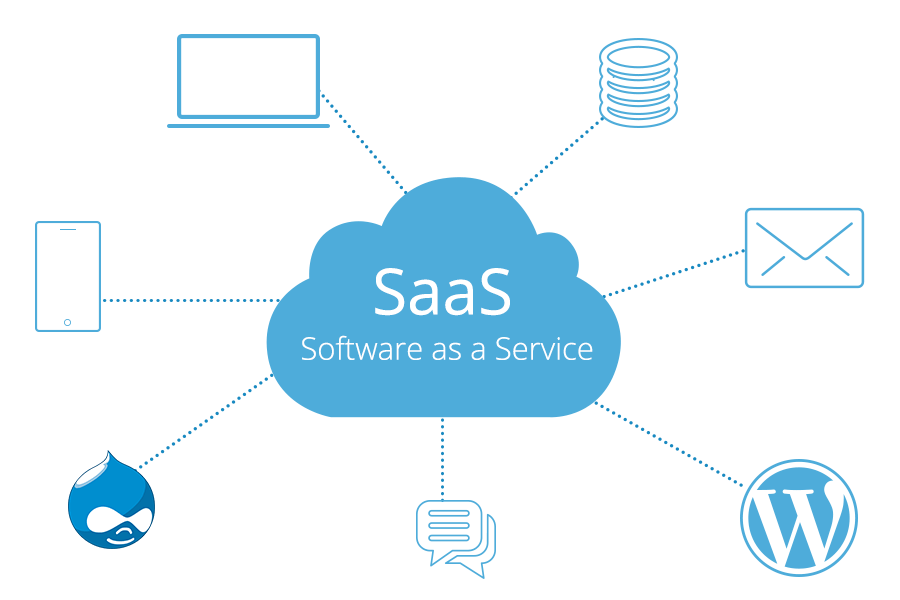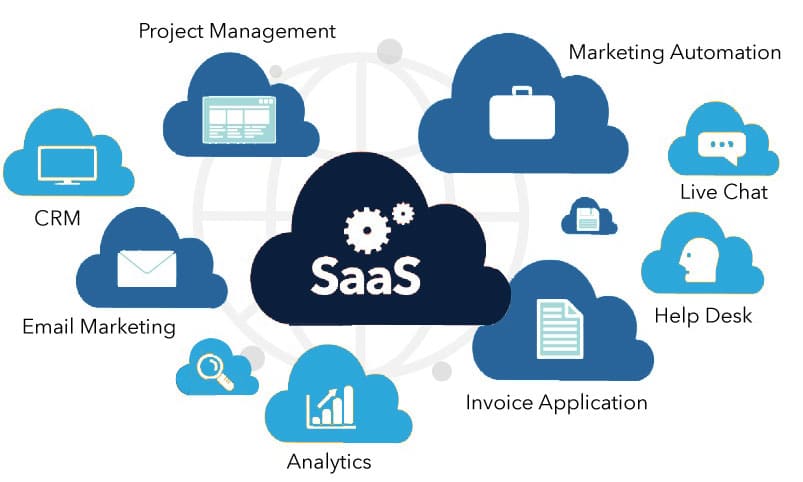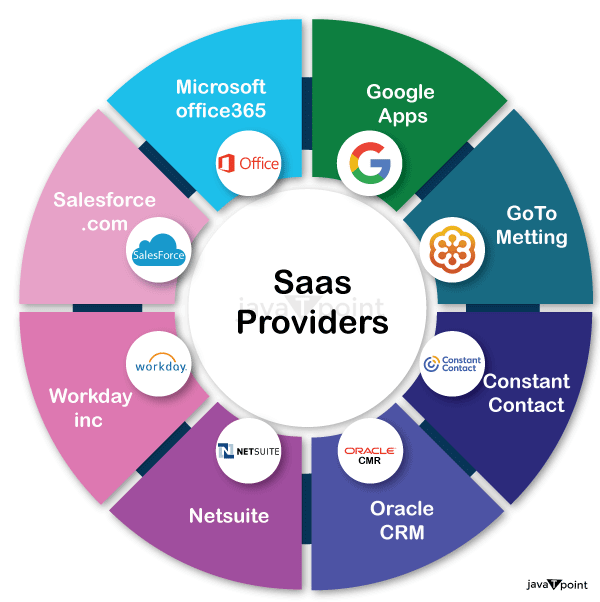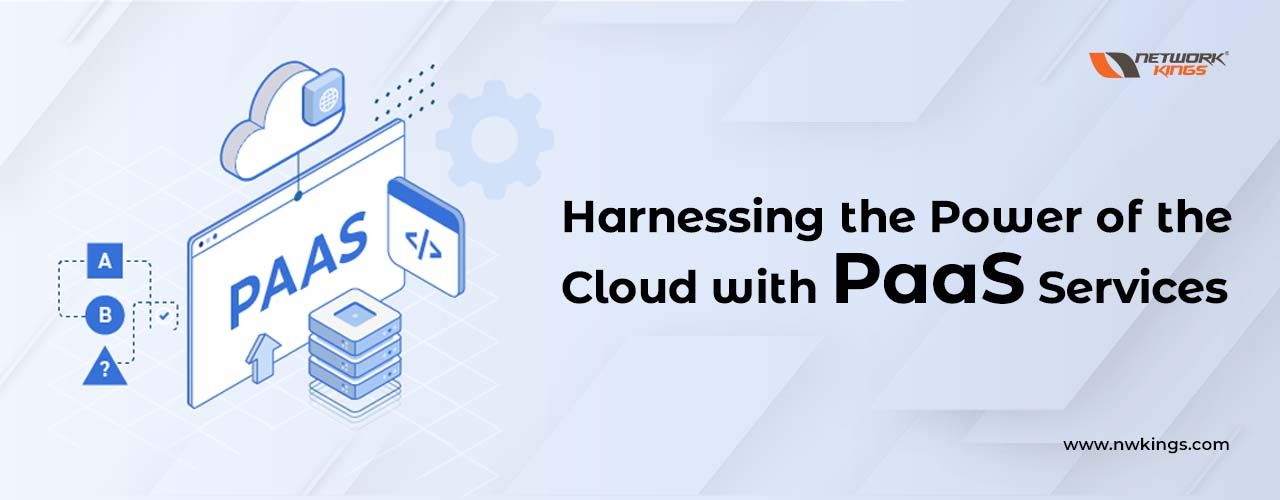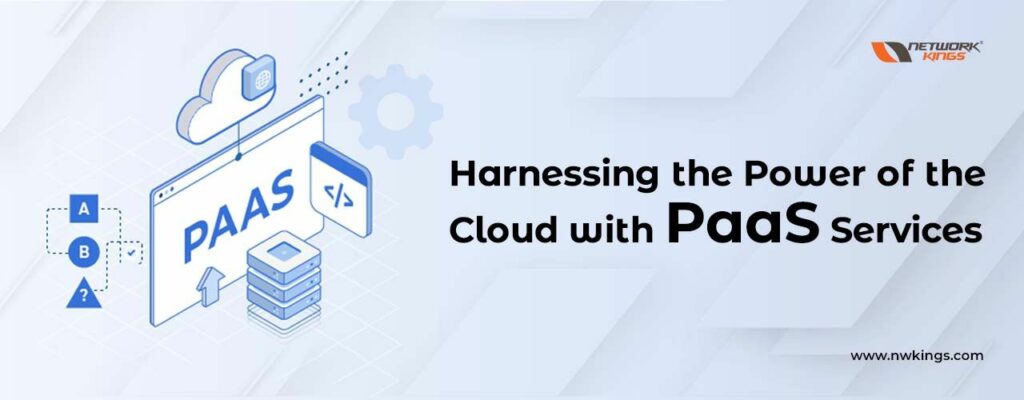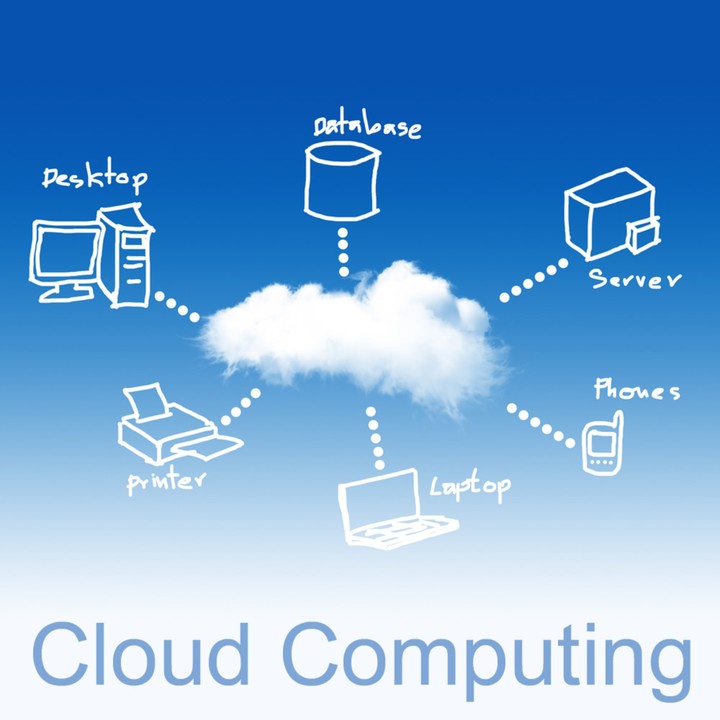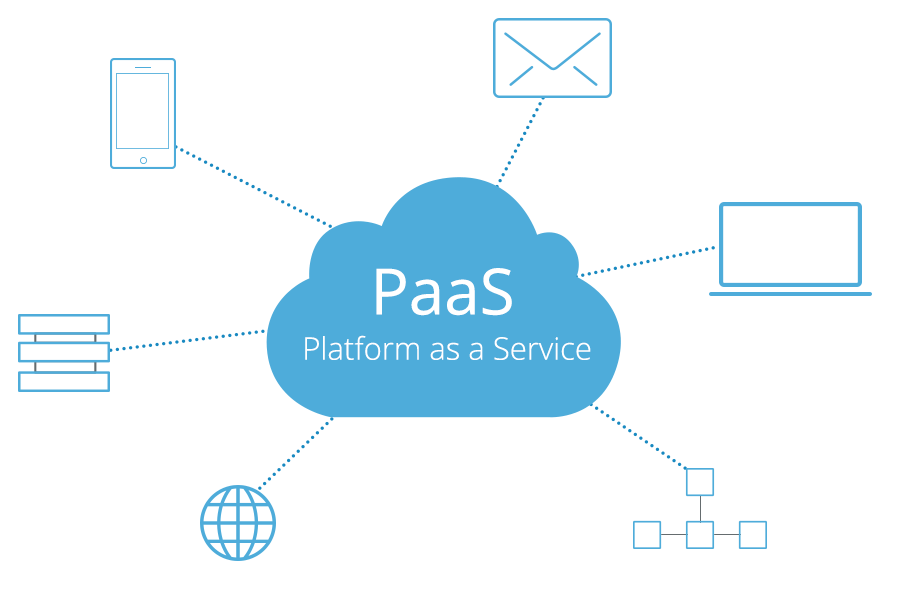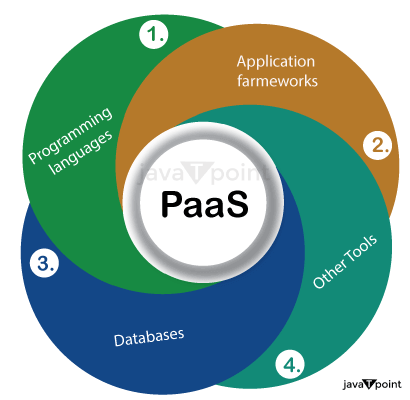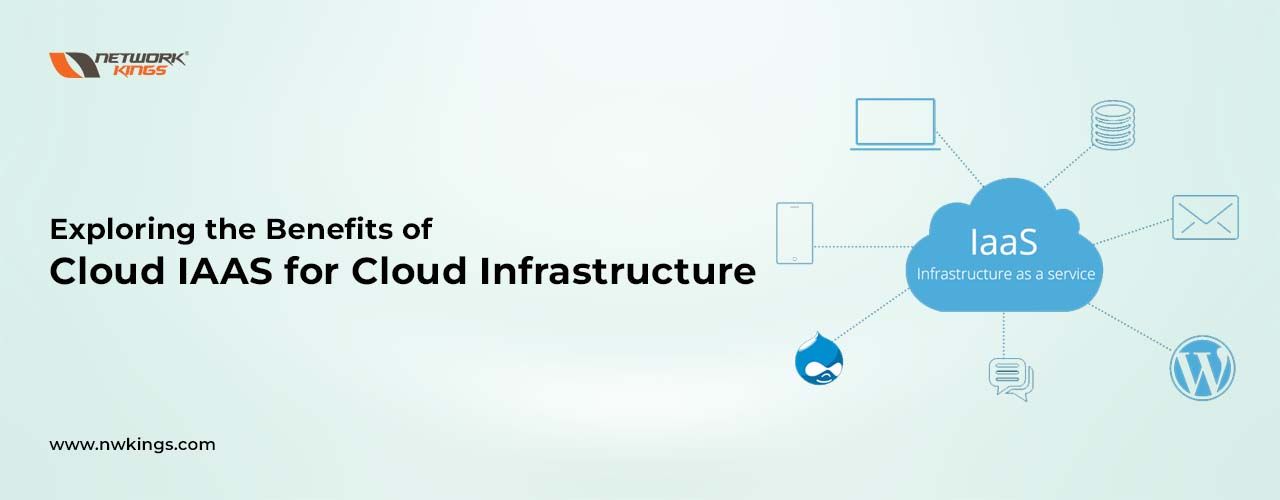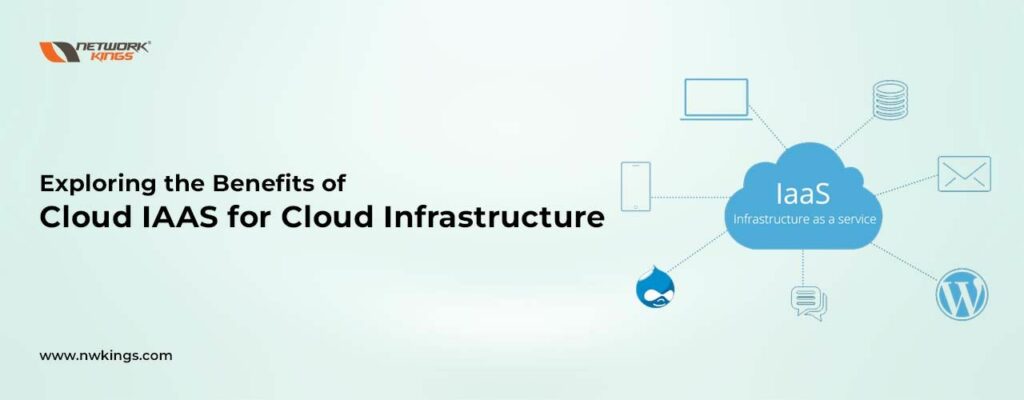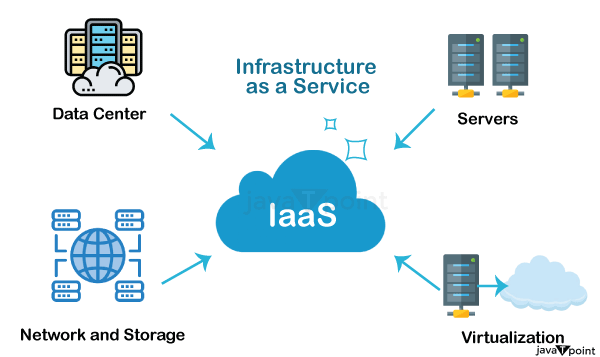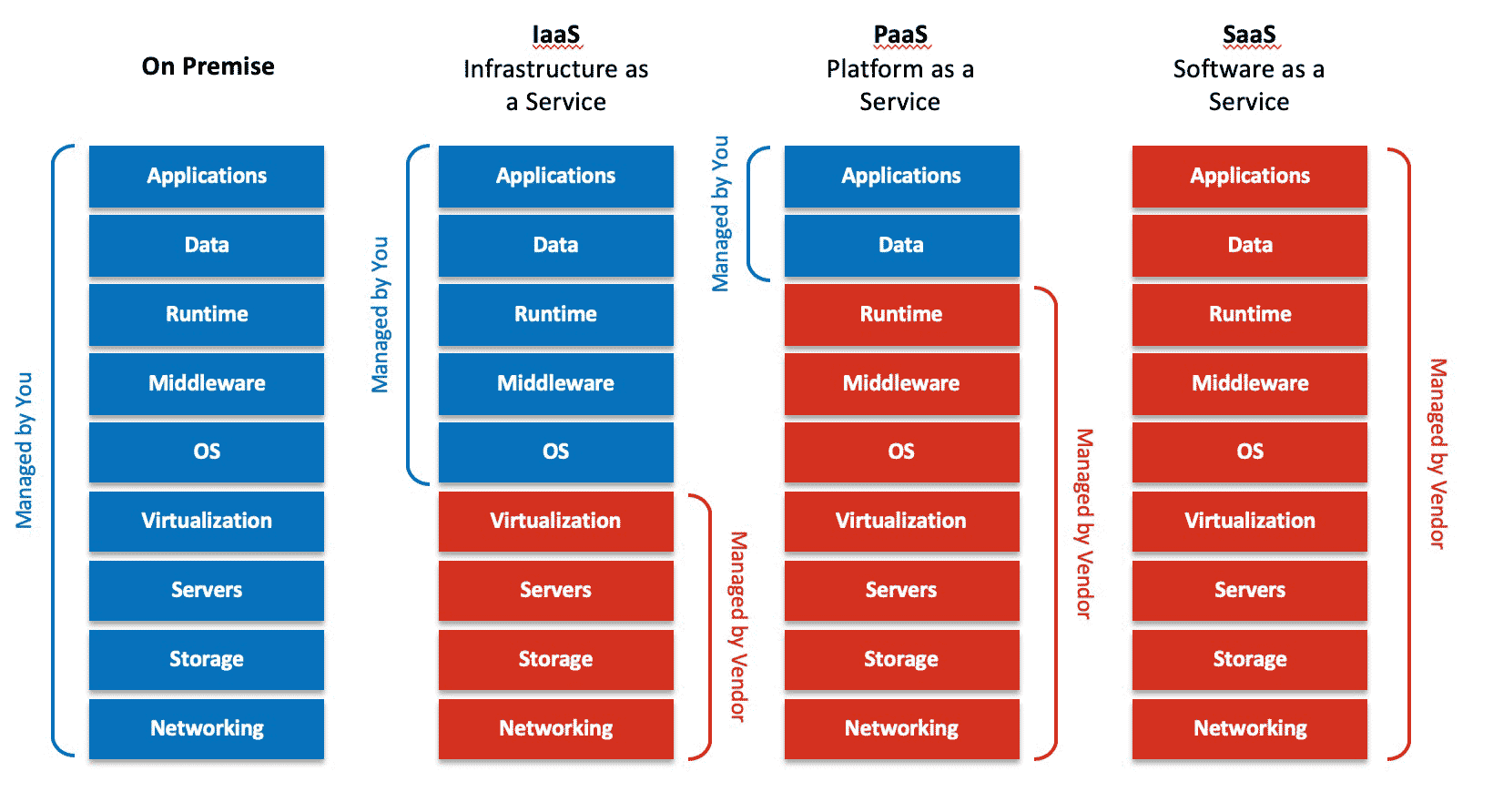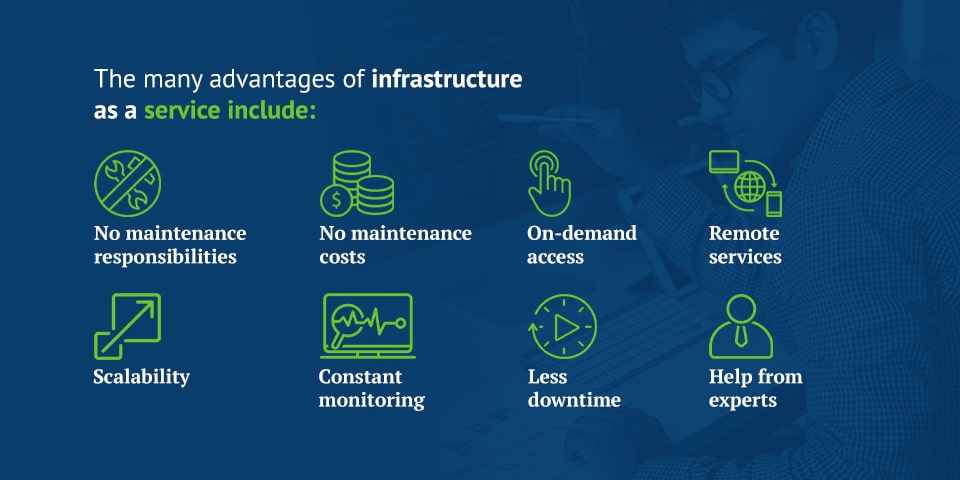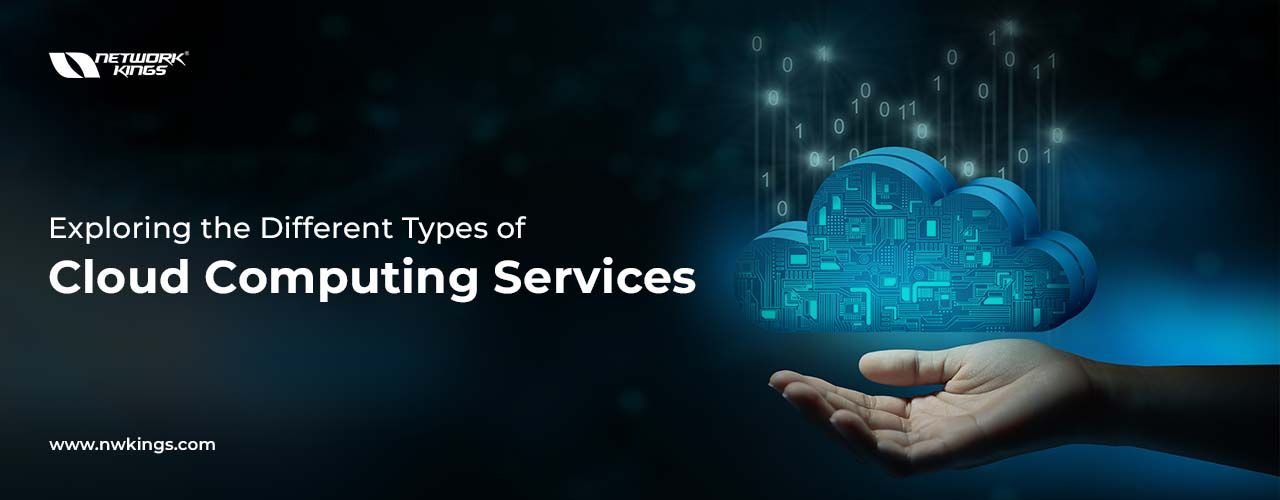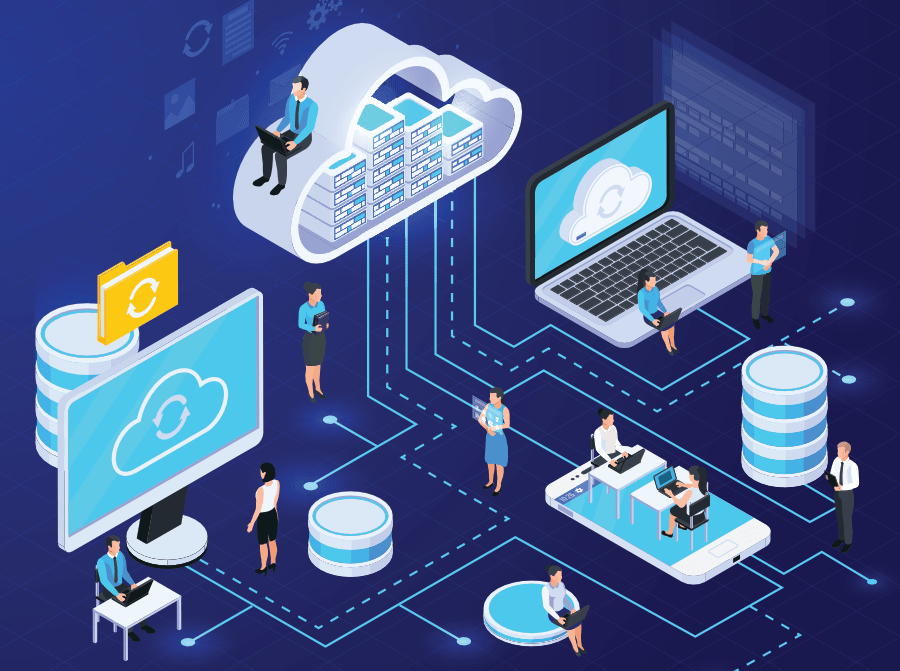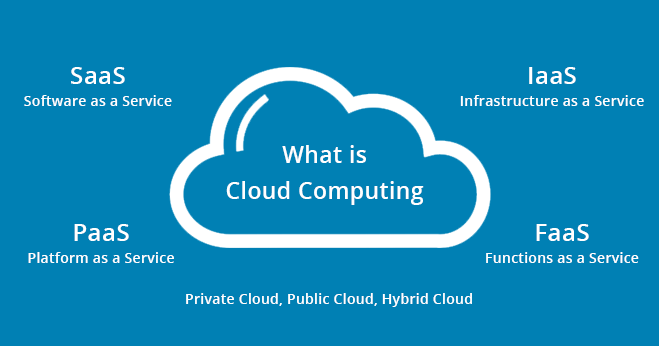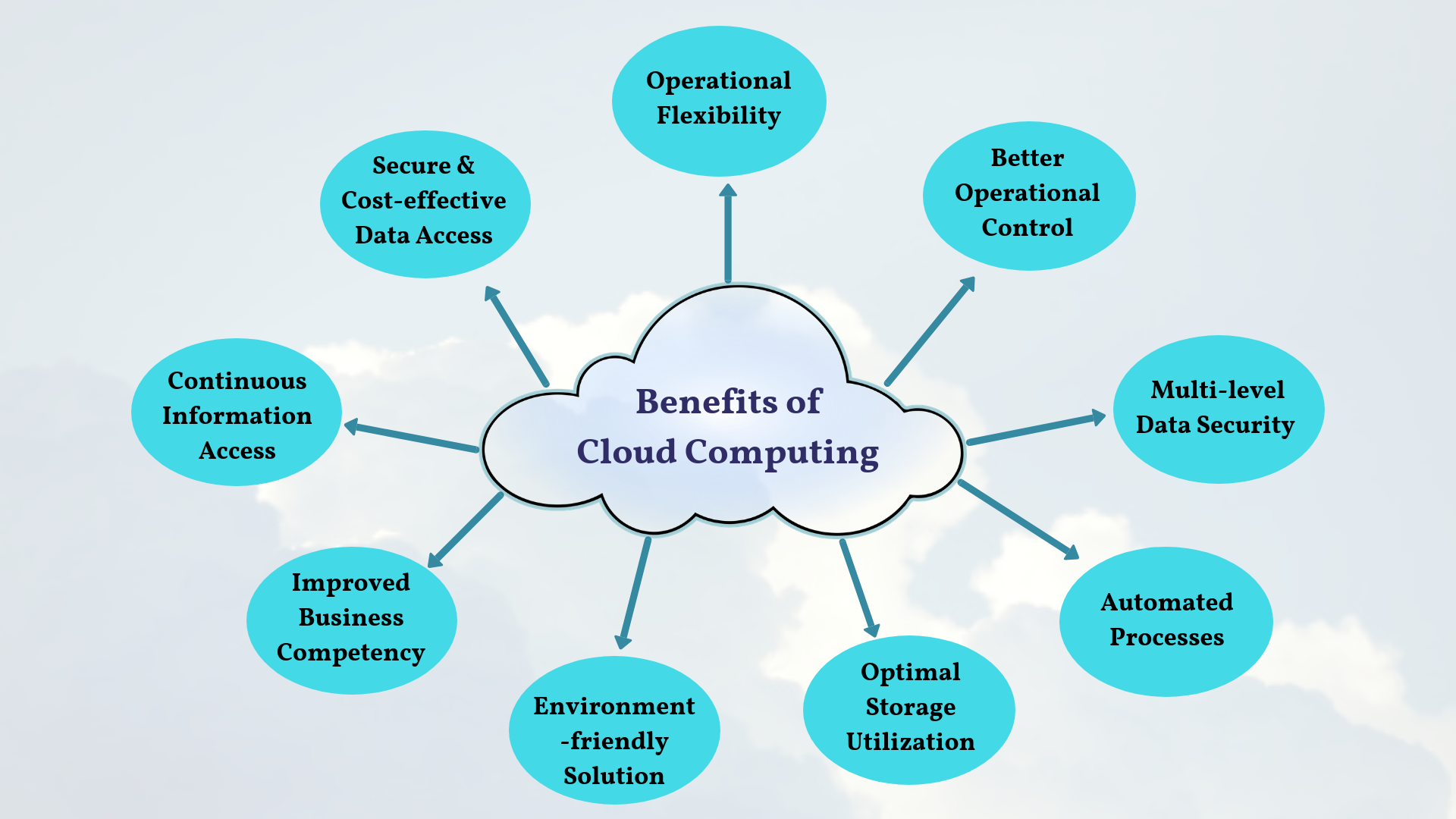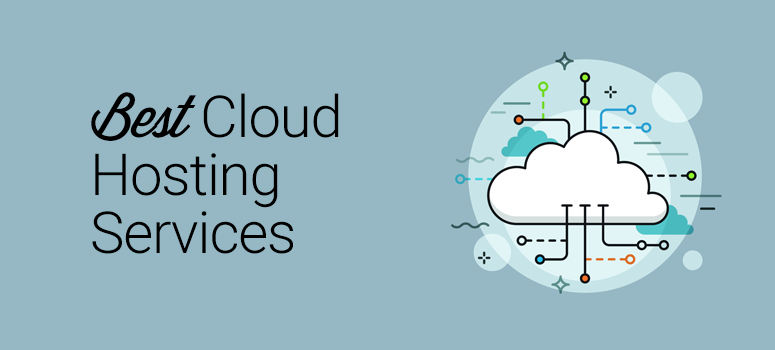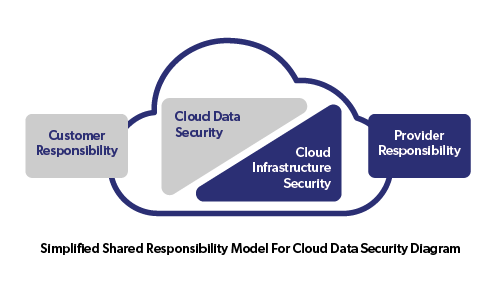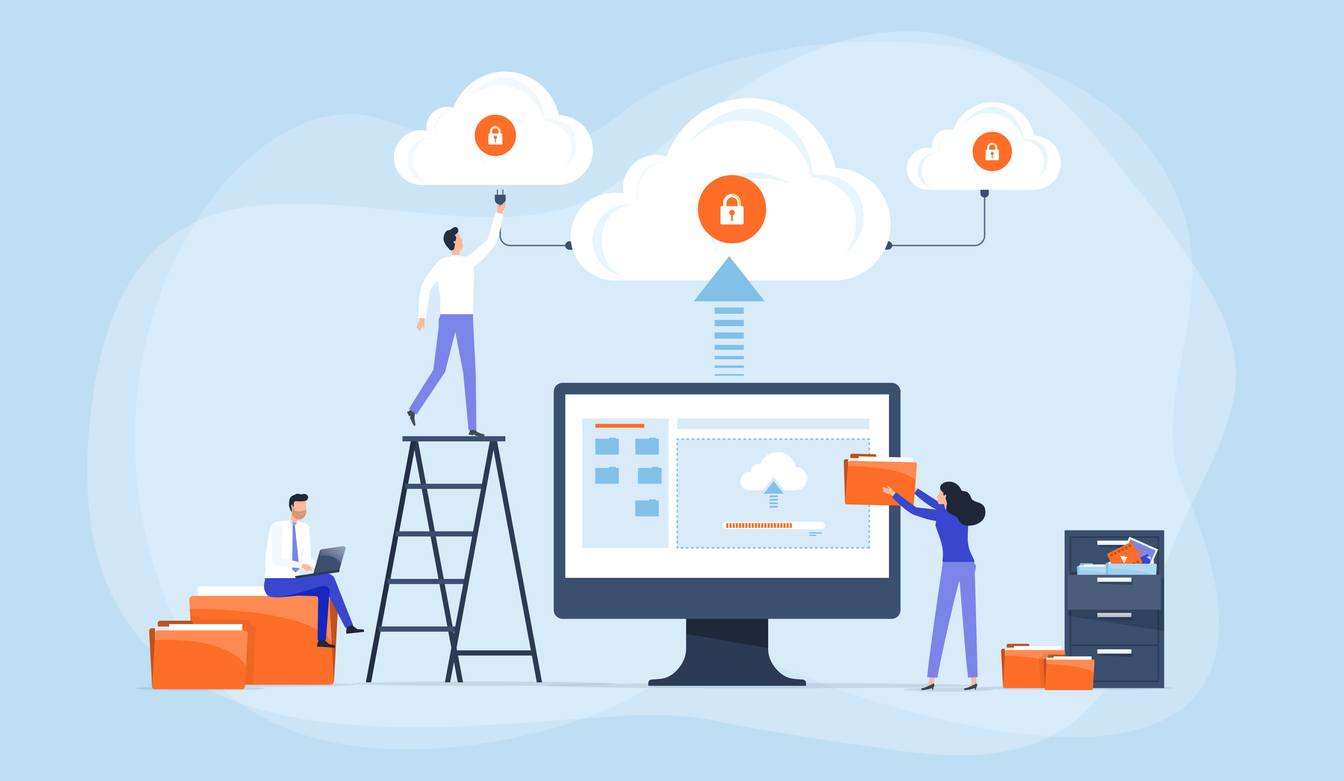
What is STaaS in Cloud Computing? – The world of cloud computing has completely transformed how businesses store data and manage their activities. Through Storage-as-a-Service, firms can now quickly gain access to safeguarded storage in the cloud to meet their data backup needs. This presents a more dependable and cost-effective solution for storing information without huge investments upfront. It also lets companies adjust or increase their storage requirements as needed, making it perfect for dynamic business situations.
By taking advantage of various services such as Cloud Storage, Storage Service, Data Backup and Cloud Computing, they will be able to ensure that all of their info is kept safe while enjoying the perks offered by the power of the cloud – pretty amazing stuff! Can you imagine what would have been like if these modern solutions had not existed?
Understanding the Concept of Cloud Storage

Grasping the concept of Cloud Storage can be quite a challenge due to its intricate nature and manifold models. So, what is cloud storage? Simply put, it is a storing service which resides in an out-of-the-way site – like data centres or servers owned by distinct providers. This lets users keep their info there and gain access whenever they need it. As the name implies, “cloud storage” suggests saving material and documents on an offsite cloud rather than preserving them on tangible devices such as hard drives or USB flash drives.
The stunning benefit of the cloud is that it does away with needing any extra hardware or even downloading or transferring data. It just needs an internet connection to let you access all your storage from wherever you want. Not only does this bring great convenience but also security as information will be stored in various data centres at diverse geographical spots making it impossible for anybody to get a hold of them during crises like power outages or thievery etc.
On top of that, when choosing cloud storage there’s no need to fret about backing up data since the majority of services provide additional backup options and features too! Even better – not like other classic techniques used to store info demanding manual labour – in the case of using cloud storage no such effort is necessary; tasks are automated so nothing more cost-wise has to go into managing files! This makes life easier especially if resources accessible are limited and help in quickly storing important knowledge is required.
Necessity of STaaS in Cloud Computing Service in Modern Business Landscape
Nowadays, businesses from all industries are realising the importance of cloud storage when it comes to meeting their data storage needs. Storage-as-a-Service (STaaS) is becoming more and more appealing for companies who want to cut costs whilst ensuring reliable and secure data storing capabilities. Let us dive in a bit deeper as to why STaaS has become such an essential part of today’s business world. To start with, STaaS gives businesses access to much greater scalability and flexibility than other classic ways of storing data – not just now but also future-proofing against potential growth or unexpected changes down the line!
Deploying a STaaS solution gives organisations the chance to rapidly increase their storage capacity, without having to get more physical infrastructure or hardware – this is particularly useful for businesses that are growing quickly and need bigger data storage options with no major expenditure. Plus, it lets business owners offload all of those admin tasks related to managing data like job scheduling, resource allocation or system maintenance; they don’t worry about these as everything’s taken care of by an outside provider.
The cost savings of offloading these tasks make STaaS a great choice for small and medium-sized businesses that may not have the resources or expertise to maintain their systems effectively. It drastically reduces IT overheads, while still giving organizations robust data protection capabilities – which is where it shines over traditional solutions like on-site disk drives or NAS devices. Not only that but you can trust in its reliability and security too; so why take chances?
Businesses can be confident that their sensitive information is safe and secure with a trusted cloud provider, rather than being stored on vulnerable hardware inside the office. If something were to happen to this equipment, companies might have downtime – along with costly financial repercussions for any business in such unfortunate circumstances.
With benefits like improved scalability and flexibility, plus heightened security levels and cost reductions due to offloading admin tasks from IT departments; it’s no surprise that many organisations are making the switch over from traditional on-premise solutions – Storage-as-a-Service has become an indispensable part of today’s modern business environment! What could your company gain by taking advantage of these services?
Key Features of STaaS in Cloud Computing

(Storage-as-a-Service) STaaS in Cloud Computing is a form of cloud computing service which provides firms with access to their virtual storage. This digital space can be exploited for all types of enterprise tasks, whether it is storing customer info or archiving documents and other records. STaaS delivers several key capabilities and benefits compared to usual onsite storage systems, making it an appealing choice for companies who wish to take advantage of the cloud.
One particular gain that comes from utilising STaaS is its versatility – businesses get greater control over how they use their data without having to invest in physical hardware solutions! What’s more, as no infrastructure needs setting up there’s also much less time wasted managing such devices; instead, workers have plenty more time available while being able to maintain full oversight of operations too.
Unlike on-premise storage solutions which require users to install and configure hardware, STaaS makes use of the cloud infrastructure to make resources available on demand. This means that businesses can scale up or down depending upon their requirements; whether they need more or less space, they can quickly adjust the size of their virtual storage accordingly – no additional investment in expensive equipment is necessary as everything’s kept in the cloud! This not only saves time but also money for companies who are looking for a cost-effective way out.
A key feature that sets apart STaaS from other systems is its reliability. It offers a reliable system with high security levels which ensures data safety and integrity over time – something highly valuable when it comes to digital assets such as customer documents and financial records etc., considering how important these elements are for any business’s future growth plans. By using the most up-to-date technology such as redundant technologies and automated failover systems, customers can be sure that their information is safe and simple to access when needed.
These kinds of systems help companies rapidly restore any lost or damaged data without having to manually collect backups from physical tape archives or hard drives. What’s more, STaaS gives users control over who has entry to particular files depending on user roles within a business – permitting administrators full control over which info people can see anytime. How cool would it be if you had complete authority about what others could gain insight into?
Finally, one major advantage linked with Storage-as-a-Service is cost-effectiveness; there are no initial investments required for hardware purchases or any installation costs related to on-site storage solutions. So companies could save significantly by taking benefit of this kind of cloud service instead. What’s more, a lot of vendors offer pay-as-you-go pricing schemes where customers just cover the amount they use – meaning users have entire control over their finances when it comes to managing data storage requirements in the cloud.
On balance, Storage-as-a-Service has many key features that make it an alluring choice for firms looking into embracing cloud computing; from scalability and dependability to financial savings – these qualities work together well forming a formidable yet economical solution for organisations desiring greater command over how their information is taken care off and stored long term?
The features of STaaS in Cloud Computing in brief can be described as follows-
- Scalability: STaaS allows users to scale their storage resources up or down as needed, ensuring they can accommodate changing data storage requirements.
- Cost Efficiency: Users pay only for the storage they consume, eliminating the need for upfront capital investment in hardware and reducing operational costs.
- Data Redundancy: Cloud storage providers typically implement redundancy and data replication, ensuring data integrity and high availability.
- Accessibility: STaaS provides remote access to data from anywhere with an internet connection, making it convenient for users to retrieve and manage their data.
- Data Backup and Recovery: Many STaaS providers offer automated backup and recovery solutions, protecting data against loss or corruption.
- Data Security: STaaS providers implement robust security measures, such as encryption, access controls, and data isolation, to protect data from unauthorized access and breaches.
- Data Tiering: Cloud storage services often support data tiering, allowing users to store frequently accessed data in high-performance storage and less frequently accessed data in lower-cost, slower storage.
- Data Versioning: Some STaaS solutions offer version control, enabling users to track changes and revert to previous versions of their data when needed.
- Integration: STaaS can integrate with other cloud services and applications, facilitating data sharing and collaboration across the organization.
- Compliance and Governance: Many STaaS providers offer tools and features to help users maintain compliance with data regulations and enforce governance policies.
Detailed Analysis of Data Backup Procedures
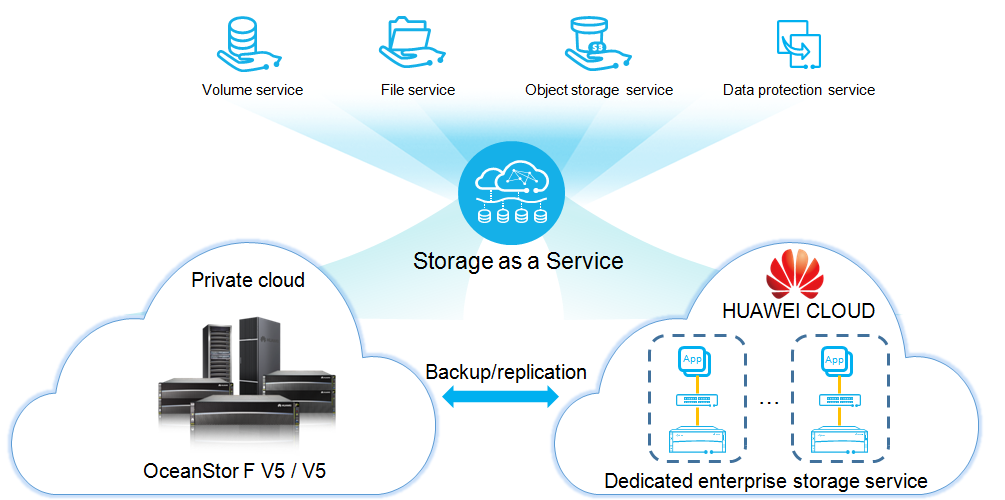
Data backup procedures are an integral part of any Storage-as-a-Service plan. By examining your data backup approaches more closely, you can get a clearer appreciation for how they work and what changes can be implemented to enhance the storage service.
There are several methods available for safely backing up information within a cloud setting, such as replication, snapshots and backups. Replication is seen as the most dependable way to protect against potential overheating or cooling issues. Snapshots let you log and hold onto the state of your system at regular intervals whilst backups come into play when there’s too much peril associated with losing data altogether.
It is key to be aware of which approach works finest with your demands. For instance, replication would cost you more than backups, but it offers a higher level of security. Alternatively, snapshots might prove ideal if frequent versions of the same info are required in different places. In this digital age, it’s crucial to grasp the plus points and negative aspects of each solution when aiming for the successful deployment of cloud storage.
A full examination into all possibilities should give an expansive understanding that decisions can be taken based on evidence instead of relying just on intuition or guesswork alone – ensuring organisations get not only a maximum secure Backup-as-a-Service structure but also value for money by using appropriate methods according to their needs.
Importance of Secure Storage in Cloud Computing
Cloud computing is a huge part of our online existence. From work to leisure activities, from connecting with friends and family – cloud services have become practically inevitable nowadays. As we rely more heavily on these services though, security concerns come into play when it comes to storing sensitive data in the clouds – keeping that information safe and sound has never been more important than now given all sorts of threats lurking out there for cybercriminals to get their hands dirty.
Encryption plays an integral role here as far as secure storage goes; this means converting files into unrecognizable code which can only be accessed by those who are legitimate users. Rhetorically speaking: how else do you protect your precious possessions?
When it comes to ensuring the security of your data, encryption is a must. This means that if there was ever a breach then any information stolen would be impossible to access without being decrypted using the key or password provided. For extra protection, you can look into two-factor authentication which provides an additional layer of security for your account – making it much more difficult for anyone with malicious intent to get their hands on your sensitive info.
What’s more, you should also consider limiting who has access so that only those who require it can view and use what’s stored in the cloud. Rhetorical question: How do I know my confidential data will stay secure? The answer lies in good practices like encrypting all documents and employing two-factor authentication – because strong security starts with us!
Creating user accounts with specific privileges and authorizations is a great way of limiting the number of people who have access to sensitive data. Plus, it also ensures that those granted access are trustworthy individuals with proven identities – which helps minimise risks associated with unauthorised entry or potential data breaches from malicious actors looking for ways into restricted accounts. But how do you make sure identity checks remain up-to-date? What measures can be taken if an authorised individual turns out not to be so reliable after all? Such questions need careful consideration when creating security protocols around handling valuable information.
It is essential to go for tried and tested solutions when it comes to secure storage solutions to guarantee top-notch protection against cyber risks such as malware or ransomware attacks which could steal private data or cause irreparable destruction like corrupted files or databases. Services provided by reliable suppliers should ensure scalability, regular updates, cushy access management options and standard software patches plus refreshes for extra security safeguards against upcoming dangers.
Lastly, be sure that you backup on a normal basis so you won’t lose valuable information if something awful happens – for example fire outbreak or power cut which might lead to your principal cloud server going offline out of the blue. Do you have systems prepared just in case?
Pros and Cons of Adopting Storage-as-a-Service

The cloud computing environment has seen a swift transformation of late due to the introduction of newer technologies. One such technology is Storage-as-a-Service (STaaS) which has been gaining noticeable traction in recent times. In this blog post, we will take a look at the pros and cons that come along with adopting STaaS.
When considering storage solutions, opting for STaaS presents some clear benefits over conventional onsite products given its scalability as well as elasticity advantages – what’s more, it operates based on a pay-as-you-go model so firms only have to fork out money for services they make use of and can size up or down according to their needs and budget allowance; creating considerable savings longterm versus having an all-around static solution like before!
Using storage as a service (STaaS) is becoming increasingly popular among companies of all sizes, making it easier for them to use cloud-based solutions without having to invest in expensive infrastructures. As such, STaaS can be particularly useful for businesses experiencing varying levels of data storage needs or just starting with cloud computing.
The pros of using STaaS in Cloud Computing are as follows-
- Scalability: Cloud storage can easily scale up or down to meet your changing storage requirements without the need for significant upfront investments.
- Cost-Efficiency: STaaS typically follows a pay-as-you-go model, allowing you to only pay for the storage you use, reducing capital expenditures.
- Accessibility: Data stored in the cloud is accessible from anywhere with an internet connection, enabling remote work and collaboration.
- Reliability and Redundancy: Cloud providers offer high levels of data redundancy and reliability, reducing the risk of data loss due to hardware failures or disasters.
- Automated Backup and Recovery: Many cloud providers offer automated backup and recovery options, simplifying data protection and disaster recovery processes.
- Security: Cloud providers invest heavily in security measures and compliance certifications to protect your data from unauthorized access and cyber threats.
- Flexibility: STaaS solutions offer various storage types, including block, file, and object storage, allowing you to choose the best fit for your specific use cases.
- Easy Management: Cloud storage is managed through a user-friendly web-based interface, simplifying storage administration and monitoring.
- Global Reach: Cloud providers have data centers in multiple regions, enabling you to store data closer to your users for faster access and reduced latency.
- Integration and Ecosystem: STaaS solutions can integrate seamlessly with other cloud services and third-party applications, fostering an ecosystem that supports various workflows and applications.
However, there are some drawbacks associated with this type of service too; managing multiple vendors proves tricky when using STaaS since each one has its own interface and pricing structure – not easy to keep track of! What’s more, the costs may quickly add up if you are dealing with several suppliers at once.
Despite the potential drawbacks of STaaS, it still offers a great way for businesses to benefit from cloud storage without investing heavily in costly infrastructures and resources upfront. It provides organisations with flexibility that allows them to scale up or down as needed whilst freeing their IT staff from managing hardware infrastructure. What’s more, this technology enables organisations to take advantage of advanced capabilities not achievable through traditional on-premises solutions – such as analytics and machine learning – at an affordable cost.
The cons of using STaaS in Cloud Computing are as follows-
- Data Security Concerns: Storing sensitive data in the cloud can raise security and privacy concerns, as you are relying on the cloud provider’s security measures and may be subject to data breaches or unauthorized access.
- Data Transfer Costs: Uploading and downloading large volumes of data to and from the cloud can incur data transfer costs, which may become significant for data-intensive applications.
- Internet Dependency: Cloud storage is dependent on a stable and high-speed internet connection, which can be a limitation in areas with unreliable connectivity.
- Vendor Lock-In: Migrating data from one cloud storage provider to another can be complex and costly, leading to vendor lock-in and limited flexibility.
- Data Compliance and Governance: Managing data compliance and governance in a multi-tenant cloud environment can be challenging, particularly for industries with strict regulatory requirements.
- Downtime and Service Outages: Cloud service providers may experience downtime or service outages, impacting data access and availability.
- Limited Control: Organizations have limited control over the underlying infrastructure and may not be able to fine-tune storage performance to their exact specifications.
- Cost Management: While cloud storage can be cost-effective, it’s essential to monitor usage carefully to avoid unexpected charges, especially when dealing with unoptimized storage.
- Data Portability: Transferring data in and out of the cloud can be time-consuming, particularly for large datasets, which can affect business continuity and operations.
- Data Sovereignty: Compliance with regional data sovereignty laws can be challenging, as data may need to be stored in specific geographic regions, limiting options for some organizations.
With so many benefits associated with STaaS, it is no surprise that it has become one of the most popular choices amongst those seeking reliable yet reasonably priced storage solutions within today’s cloud computing space. That being said though, some vendors may offer limited features compared to other options available which could affect an organisation’s ability to tailor a solution specifically suited towards their own needs; plus performance might also be affected by latency issues related to cloud networks when weighed against traditional on-site solutions too.
How Cloud Storage Enhances Business Efficiency?

Cloud storage has certainly become an essential element in helping businesses make the most of their output, especially in today’s digital world. Storing data online is referred to as cloud storage and it brings a whole host of advantages for companies. To begin with, staff members can gain access to their files anywhere at any time – this works particularly well if you have both office-based employees and remote workers since they can securely sync information wherever it needs to be accessed. It smooths out those bumps which could potentially disrupt operations!
With cloud storage, businesses have the flexibility to scale up or down their data space depending on their needs. This makes it a cost-effective alternative compared to traditional solutions such as purchasing extra hard drives or renting out entire server rooms – you just pay for what you use but with virtually unlimited amounts of data if need be! But despite all these advantages, there is no denying that tech-reliant applications come with certain risks. As far as cloud storage is concerned though safety should never be overlooked twice over; reputable providers will go above and beyond to make sure your information remains secure so simply finding one who meets your security criteria should suffice.
In conclusion, although caution must always taken into account when dealing with digitalised technologies like this, at the end of the day its myriad benefits are difficult to ignore – and used correctly can offer companies unbeatable efficiency which could even help give them an edge against competitors!
Future Predictions for Storage Service in Cloud Computing
Cloud computing has transformed the way many businesses operate, with companies now able to access powerful servers and software as a service. Storage-as-a-Service in cloud computing gives organisations more space for their data – but what does the future look like for this technology? Industry professionals forecast that there will be several developments in Storage-as-a-service over the coming years. One of these is an improvement in security levels of cloud-stored data – how important is it that we keep our online information safe from prying eyes?
It is estimated that cloud providers will pour money into encryption, security measures and identity access management solutions to guarantee data stored on the clouds can only be reached by accepted individuals – who they are is easily determined – and remains safe from bad actors. Such investments could make cloud storage more appealing to those customers put off before due to their safety worries. It is also presumed that these kinds of storage options will become better value for money as well as easier for people to use going forward!
Cost reductions are already being implemented by some providers, allowing customers to access more storage for less money or even receive discounts when buying multiple instances of storage service. What’s more, new technologies such as artificial intelligence and machine learning can be employed to create user interfaces which are simpler to use and don’t require too much technical knowledge from users.
It looks like Storage-as-a-Service will become an essential part of hybrid cloud architectures where organisations make the most out of both private and public clouds at once. In this way, companies could store sensitive data on their private clouds while utilising public clouds for nonessential information; this enhances security and versatility in a price-efficient manner which enables firms to remain agile in today’s high-speed business world.
All in all, it appears that Storage-as-a-Service holds immense potential for businesses desiring to securely save their data without spending loads or sacrificing manoeuvrability; however, lots still need to be seen about how these services will evolve – making prognoses regarding the future fascinating but inevitably hard.
Case Studies Demonstrating Successful Use of Cloud Storage

Let’s look at one of the most successful cases when it comes to storage-as-a-service in cloud computing – Linnworks. This small yet quickly developing eCommerce firm from Great Britain serves as a great example of how storage solutions can be effectively and securely employed in the cloud. We have seen many cases that demonstrate this, but organisations need even more efficient and secure options for storing ever-increasing amounts of data online too. So, these case studies become increasingly important, shedding light on different ways companies have managed to successfully deploy their personalised cloud storage solutions.
In their pursuit of growth, they were seeking an economical yet secure method to store all the data and be able to access it from any place. Thus, after a thorough exploration of various options available in the cloud computing market worldwide; they settled on Amazon Simple Storage Service (Amazon S3). This enabled them to store over seven million inventory items quickly and safely without any extra expenses. How remarkable! All this was done just by one change with no need for financial investment at all.
The success tale doesn’t stop there – they also managed to trim down their expenses even more thanks to the scalability options of Amazon S3, which only charges for what you use. And as they were not obliged to make a huge initial investment, it freed up their cash flow enabling them to keep pace with other financial duties while still increasing in size. Moreover, owing to the swift upload speeds given by Amazon S3, Linnworks was able to stay ahead of customer requirements – something which has notably boosted customers’ satisfaction levels. Could this be what’s led them here?
Considering another example, StarCraft II developer Blizzard Entertainment was searching for methods to dodge gigantic initial server expenses while still having the capacity to give gamers an interactive gaming experience. They at last settled on utilizing Microsoft Azure Blob Storage as their online platform answer which enabled players from any place around the world to associate through multi-player mode without latency issues or server crashes – truly a declaration of how far cloud storage can take us!
Not only this, but Azure Blob Storage also allowed Blitz Entertainment workers access across different gadgets so they could effectively and productively oversee stockpiling and security settings – it has gotten simpler than ever before when dealing with millions upon millions of gamers playing simultaneously!
Selecting the Ideal Storage-as-a-Service Provider for Your Business
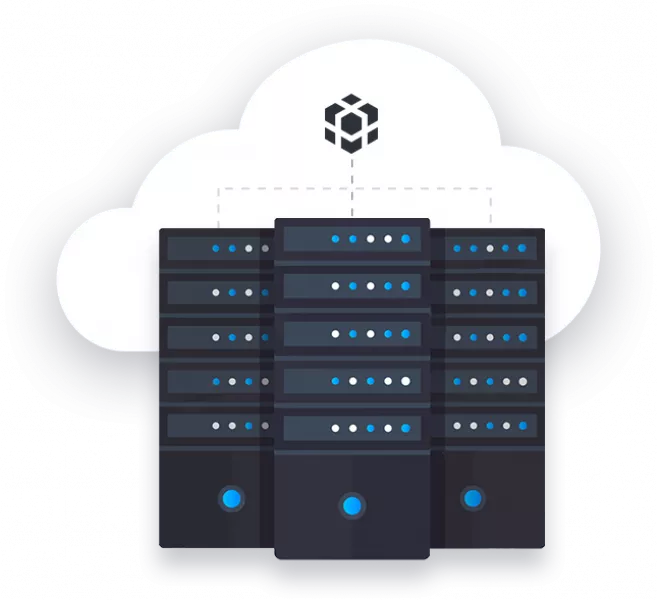
Picking the best Storage-as-a-Service supplier for your business can be intimidating. All things considered, you need to believe your information to a supplier that is solid, secure and affirmed by industry guidelines. It is essential that you do broad research when settling on such an indispensable choice. Yet what precisely would it be advisable for you to search for while picking the ideal SaaS provider?
To begin with, think off, look at the type of administrations offered by potential suppliers – will they meet all of your organization’s needs or not? Are their services dependable and protected enough? Do their arrangements offer helpful proactive observing so if there should arise an occurrence of issues involving data transfer speed etc., these are immediately settled out without influencing general productivity adversely? These inquiries (and substantially more) require cautious thought before deciding in favour.
If you are after cloud storage solutions that can be reached from any online location, make sure your provider offers this type. As well as verifying they have all the features and functions to meet both current and future needs, it is important to consider what sort of level of support is offered if something does go wrong. The cost must not be neglected either – there is no need to spend a fortune just for decent Storage-as-a-Service technology!
Taking cost into consideration is always worth doing when securing storage-as-a-service in cloud computing. Finding any available discounts or incentives and seeing if there’s anything else you can do to cut costs even further could be rewarding. Additionally, getting a good understanding of existing customers’ opinions on their experience with the provider will give an invaluable insight into how effective their services are as well as how straightforward they are to work with – this kind of information could make all the difference in selection!
Ultimately though, security must remain a top priority here; check whether whatever solution you opt for meets industry standard certifications such as HIPAA for healthcare businesses or SOC2 compliance for other organisations so that your data won’t become vulnerable to tampering or unauthorised access regardless of where it is being stored. A reputable supplier should have no hesitance in providing these details upon request so don’t hesitate to put forward inquiries!
Wrapping Up!
In conclusion, Storage-as-a-Service in cloud computing has enabled an entirely new approach to data storage and backup. It offers unparalleled security, reliability and cost efficiency compared to other methods for storing important files and information. The benefits of using the power of cloud computing are clear – companies can rest assured that their valuable data is safe regardless of any malfunctions or outages which may occur within their systems.
Moreover, with Storage-as-a-service on offer through a reputable vendor such as Amazon Web Services (AWS), organizations have access not just to increased storage capacity but also huge savings when it comes time to pay for these services over traditional options. What’s more remarkable than this however is how quickly businesses can realize the full potential of utilizing resources like AWS; all at minimal effort while still generating maximum value!
Are you yearning for a chance to expand your career horizons in the cloud computing sector? Then don’t wait, join our Cloud Computing Master Program and take that all-important first step towards achieving success! You’ll not only acquire the knowledge and skills required to become an industry leader but also be privy to cutting-edge technology. You had have experienced professionals as tutors who will guide you through real-world experience.
Additionally, networking with other like-minded learners from different parts of the globe would serve as a bonus! So why postpone it? Enrol in our Cloud Computing Master Program now and begin chasing after those dreams of yours! With its well-rounded syllabus plus focused learning environment; we guarantee that you will gain whatever is needed for you to turn into an incredibly sought-after expert in this field.
Are you hoping to boost your career in cloud computing? Our Cloud Computing Master Program is the ideal way! It is a comprehensive course which stretches from strategy and architecture through to security and auditing. You will gain all the required knowledge plus essential skills necessary for success within this swiftly expanding industry. And we have tutors who are at the top of their game, providing you with an unbeatable learning experience. Don’t pass up on this incredible opportunity – sign up now!
Happy Learning!

